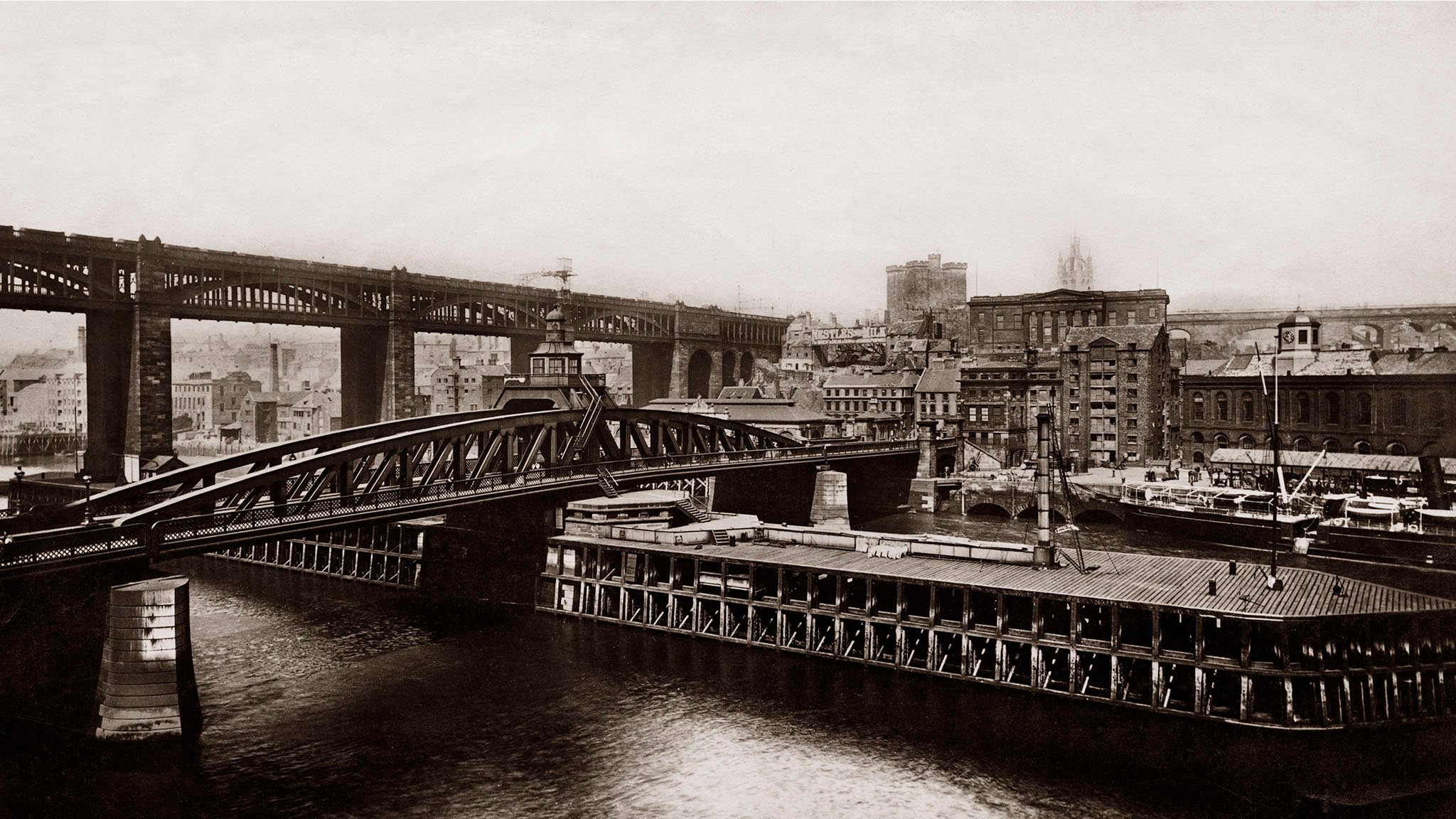The Early Photographic Print Collection (EPPC)
Comprising over 22,000 items, the vast majority photographic prints, this collection includes images of every English county. After nearly seven years of conservation, research and cataloguing many still remain to be scanned, but all of this wonderfully diverse collection is now available to search.
The collection offers a fascinating record of the architecture, people, industry and landscapes of England from the earliest days of photography in the 1850s through to the latter part of the 20th century. With such a huge collection picking out favourites is never easy. The images below have been selected by our team at the Historic England Archive.
Littleover, Derbyshire, 1880-1900
The blocked Norman doorway of Littleover Church forms a frame for two girls collecting firewood. The older of the girls carries an over-flowing basket of kindling on her head. Presumably Richard Keene, the photographer, was distracted from photographing the church in order to capture this scene.
Jubilee Celebration 1897
Some of the photographs held by the Historic England Archive have little or no accompanying information. This is an example where some detective work was called for. Close examination of information just legible on the posters in the background revealed the location. The banner indicates that the villagers are celebrating the Queen’s Jubilee and this, combined with the ladies fashions, suggest a date of 1897.
Whitby Abbey 1880-1900
This view of the picturesque ruins of Whitby Abbey is so familiar and evocative; it’s also a reminder that throughout the generations we are inspired to capture the same scenes, whether in paint, on film or digitally.
The elderly man is intriguing: What's contained in the case he's kneeling beside? Is he a photographer, an artist or perhaps a tourist? And why has the photographer chosen to place him in the centre of the shot?
Welsh Back, Bristol 1880-1900
Apart from being a beautifully composed image, this photograph also captures Bristol at a time when it was still a thriving port city. There are numerous sail boats moored in the harbour and Welsh Back is lined with warehouses.
Little of this architecture survives, one exception being the grand warehouse. Its crenelated parapet partially hidden by masts, this building is considered to be one of the finest examples of the 19th century warehouse design known as ‘Bristol Byzantine’, a style supposedly influenced by the mercantile architecture of the east Mediterranean. No longer used for storing grain, it's now offices.
Lewes, East Sussex, Feb 1881
The winter of 1881 is famous for the blizzards that occurred between 18 - 20 January. Nearly 50 years earlier, on 27 December 1836, a build-up of snow on a cliff above the town caused an avalanche that destroyed a row of cottages, killing eight people.
Trafalgar Square, early 1930s
This is an unusual view of a very familiar Trafalgar Square. Nelson’s Column and St Martin in the Fields Church are visible, but the focus is the pipe trench and workmen. The scene is also surprisingly quiet – other than the workmen there are just three hatted gents and a deserted car to be seen!
Tyne Bridges 1880-1900
This view was chosen because it embodies the challenges faced by the Victorian civil engineers in building such structures within a pre-existing urban environment whilst dealing with the natural geography of the site.





